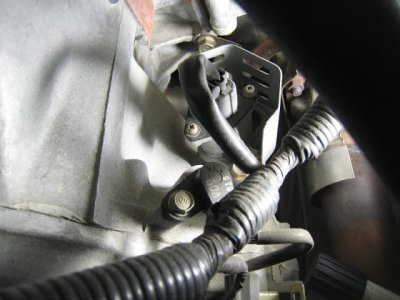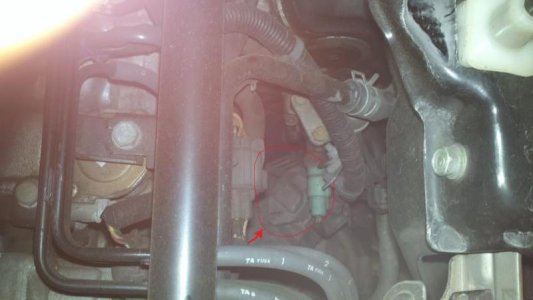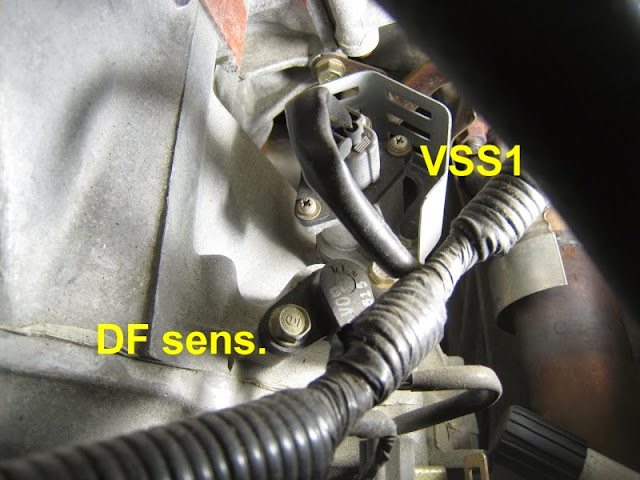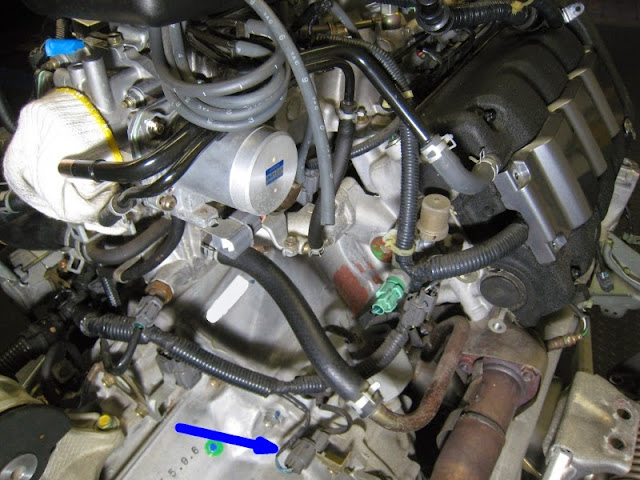- Joined
- 28 November 2009
- Messages
- 997
Jaffraz32,
You can also and very easily trigger the EPS31 code if your main relay is starting to fail, and introduces intermittent, momentary 'cuts' in power.
Have you seen, say, the speedo and rev counter drop to zero and then resume their previous position.
Duncan
I've not noticed any issues with the speedo and rev counter.
I recently replaced my main relay with a new one last year. I ordered allot of new parts to replace just to refresh the car basically. I could try swapping the old one back in as it was a fully working unit.
Going back to what Kaz said, how would i know if i have two sensors or not and which is the one i need to check or possibly replace? What is that part number? I have a gut feeling it's loose or not even plugged in because the gearbox was removed the same time this started but i might as well replace it while in there as it's another sensor to tick off the list that i've refreshed.
Thanks.










